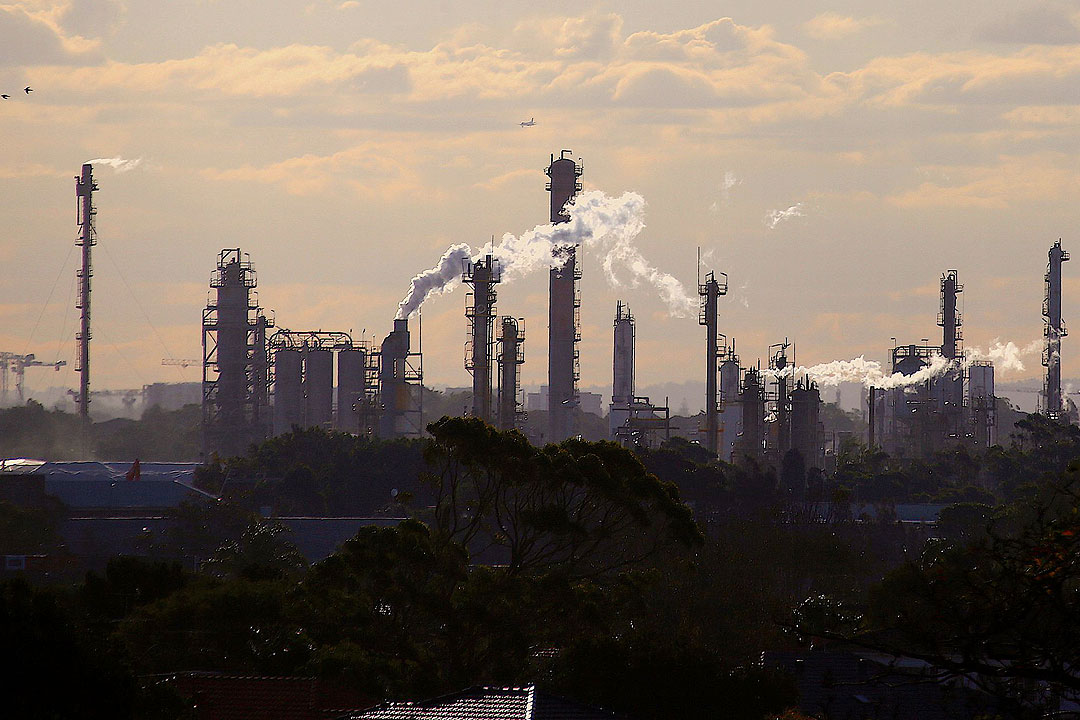
THE Department of Energy (DoE) said rules for trading carbon credits are expected to be released next month.
Speaking to reporters on Wednesday, Energy Undersecretary Felix William B. Fuentebella said the DoE will release general guidelines governing the issuance, management and monitoring of carbon credits in the energy sector by September.
“We plan to have it out and effective next month,” he said.
The Philippines, one of the most climate-vulnerable countries in the world, is a signatory to the Paris Agreement, a global treaty seeking to take action in arresting the warming of global temperatures to well below 2°C above pre-industrial levels, and limit the increase to 1.5°C.
The Philippines has committed to reduce its greenhouse gas (GHG) emissions by 75% by 2030, as outlined in its Nationally Determined Contribution (NDC) climate action plan. It plans to reduce or eliminate emissions in five areas: agriculture, waste, industry, transport, and energy.
One way to achieve the NDC is by tapping international financial mechanisms under Article 6 of the Paris Agreement, such as the issuance and transfer of carbon credit certificates (CCCs).
A CCC is a tradeable certificate representing one ton of carbon dioxide equivalent of GHG emissions reduced, avoided, or removed from the atmosphere.
The DoE is tasked with overseeing the energy industry’s NDC. Meanwhile, the Department of Environment and Natural Resources will serve as the designated national authority of the Philippines tasked with soliciting international cooperation on the carbon market.
In a draft circular, the DoE said it seeks to assist and guide the private sector in “effectively planning and implementing strategies to leverage CCCs, enabling reduction of operational costs, compliance with regulatory and fiscal requirements, access to available incentives, and enhanced implementation of mitigation efforts.”
Among the eligible mitigation activities for energy are voluntary early retirement of coal-fired power plants; development of renewable energy projects; adopting low-carbon energy technologies; fuel switching and co-firing in power generation; switching to electric vehicles; and biofuels blending.
Participants can trade CCCs on the Philippine market, in countries covered by bilateral or multi-lateral agreements, and in the voluntary carbon market.
According to the NDC 2020-2030, the Philippines will need an estimated investment of approximately $72 billion to implement the targets.
“Mobilizing this capital from public, private and international sources is critical to achieving the targeted reductions in greenhouse gas emissions from these sectors,” Environment Secretary Raphael P.M. Lotilla said in a recent climate summit organized by investment platform GenZero.
He said that the government is undertaking a comprehensive update to the climate action plan to recalibrate strategies for accelerating decarbonization.
“For the energy sector, updating of the NDC is aligned with the Philippine Energy Plan and focuses on policy measures that promote renewable energy and energy efficiency,” Mr. Lotilla said.
ACEN Corp., the listed energy platform of the Ayala group, is a pioneer of the energy transition mechanism, using carbon finance to decommission its South Luzon Thermal Energy Corp. coal power plant as early as 2030, a decade ahead of its retirement date.
“We started to divest our coal plants and basically invest everything into renewables in the Philippines,” ACEN President and Chief Executive Officer Eric T. Francia said.
The company is aiming to achieve its goal of reaching 100% renewable energy generation by the end of the year. — Sheldeen Joy Talavera